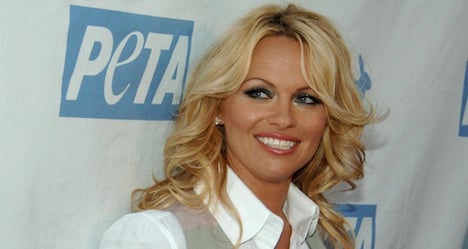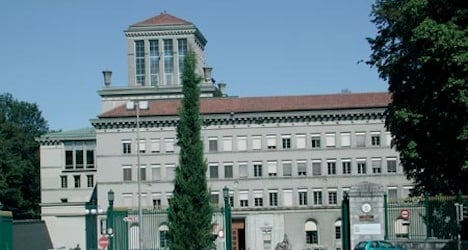The World Trade Organization's appellate body said that Brussels did not breach the rules of global commerce when it imposed its ban in 2010.
The global body has never before issued a final decision on how to square animal welfare with international trade regulations, and observers have said the case therefore marks a watershed.
The WTO's disputes settlement panel — which like the appellate body is made up of independent trade and legal experts — had in November issued a similar ruling.
But that decision was put on ice after Canada and Norway appealed.
"The Appellate Body upheld the Panel's finding that the EU Seal Regime is 'necessary to protect public morals'," the WTO said in a statement.
The WTO polices global trade accords in an effort to offer its 159 member economies a level playing field, and can authorize penalties against wrongdoers, such as retaliatory tariffs.
But the appellate body, whose decision is final, dashed Canada and Norway's hopes of a blow against the EU.
Like the disputes settlement panel, it ruled that while there was merit in Norway and Canada's complaints that their seal trade was being affected, this was outweighed by the EU goal of addressing moral concerns about seal welfare.
Opponents of allowing the moral argument to stand have argued that it will open a Pandora's box for other countries that want to deploy it.
Brussels argues that the EU public strongly favours the ban due to concerns over hunting methods such as using a club with a metal spike — a "hakapik" — to stun seals before killing them.
Norway and Canada have deployed counter-arguments from scientists to try to knock down EU claims that such methods are cruel, insisting that they are no worse than those used in commercial deer-hunting, which is widespread in the EU.
The countries both kill tens of thousands of seals per year, and say hunting is a practice stretching back centuries.
The EU ban applies to commercial hunting from Norway, as well as the Canadian provinces of Newfoundland, Labrador and Quebec.
All told, 6,000 people hunt seals commercially in Canada, chiefly in Newfoundland.
The EU ban does contain exceptions for Canada's indigenous Inuits and Inuvialuit peoples from the province of Nunavut, but they argue that the market for their seal products has been seriously affected by the overall embargo.
Canada has set a seal hunt quota of nearly 470,000 of the sea mammals this year although its some 6,000 commercial hunters last year culled fewer than 100,000 of the animals.
And Norway has set a quota of more than 28,000 seals for 2014, but also rarely meets its quotas.
Animal rights group PETA, engaging celebrities such as actress Pamela Anderson, campaigned in support for the EU ban.
"The Canadian government's pathetic attempt to force the cruel products of its despised commercial seal slaughter onto the unwilling EU public has been stopped," the group said in a statement in response to the WTO decision.
"Canada has squandered millions in taxpayer dollars trying to prop up this dying industry and stained the country's international reputation," PETA said, calling the decision a "victory for baby seals".
After the verdict, Canada renewed its criticism of the ban, with the trade minister insisting it was "unfair" and based on "a political decision that has no basis in fact or science."
Norway, meanwhile, appeared to be in denial of what the ruling meant.
"We are pleased that the appellate body has concluded that EU's rules on trade of seal products violate WTO's basic principles about non-discrimination," Foreign Minister Boerge Brende said in a statement, although he acknowledged that Oslo's claim had not won forth "on all points."



 Please whitelist us to continue reading.
Please whitelist us to continue reading.
Member comments